The head is made up of a large blown glass bead imitating a mother-of-pearl bead, decorated with brass elements in the shape of sepals, connected to the pin. Under the head hang pendants representing crescent moons and stars, suspended by chains decorated with glass beads and gilded brass.
France, Brittany.
Period: end of the 19th century, beginning of the 20th century.
Traces of wear on the large pearls and some missing pearls
NB: These pins were sold by peddlers during the Breton Pardons and worn as brooches. A young man who offered the chosen one of his heart a forgiveness pin waited until the following Sunday to receive the young lady's response. If she accepted the request, she wore the pin on her traditional costume. If she wore it on the right, it meant she was not engaged, but if she wore it on the left it meant she had been proposed to. Sold by peddlers, these pins were made in Paris, Bohemia or North Africa. The charms are clearly of foreign inspiration, the star and crescent moon motifs more likely came from Mahgreb, a part of the world very frequented by orientalist artists throughout the 19th century.
Careful packaging, shipping by Colissimo with insurance.








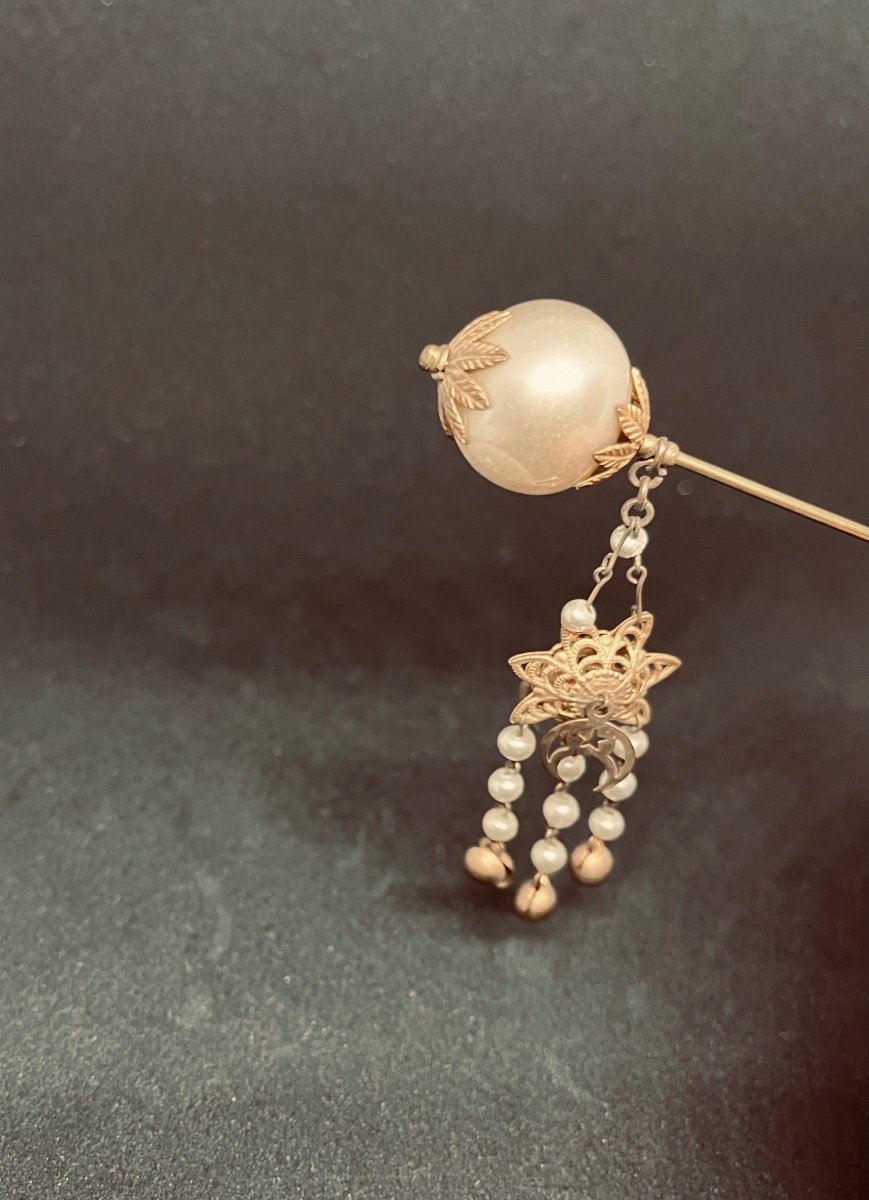















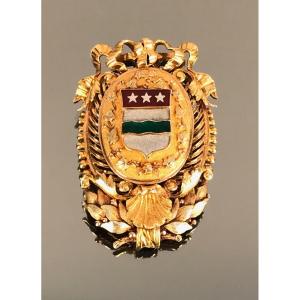



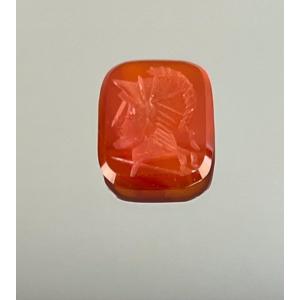
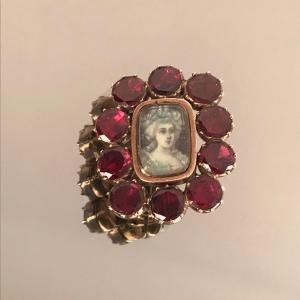

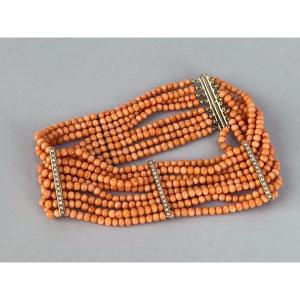















 Le Magazine de PROANTIC
Le Magazine de PROANTIC TRÉSORS Magazine
TRÉSORS Magazine Rivista Artiquariato
Rivista Artiquariato